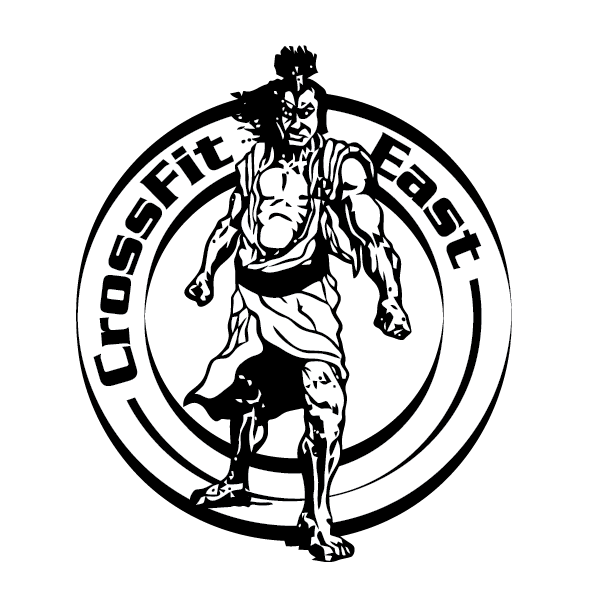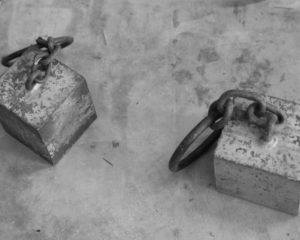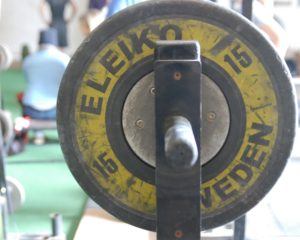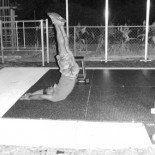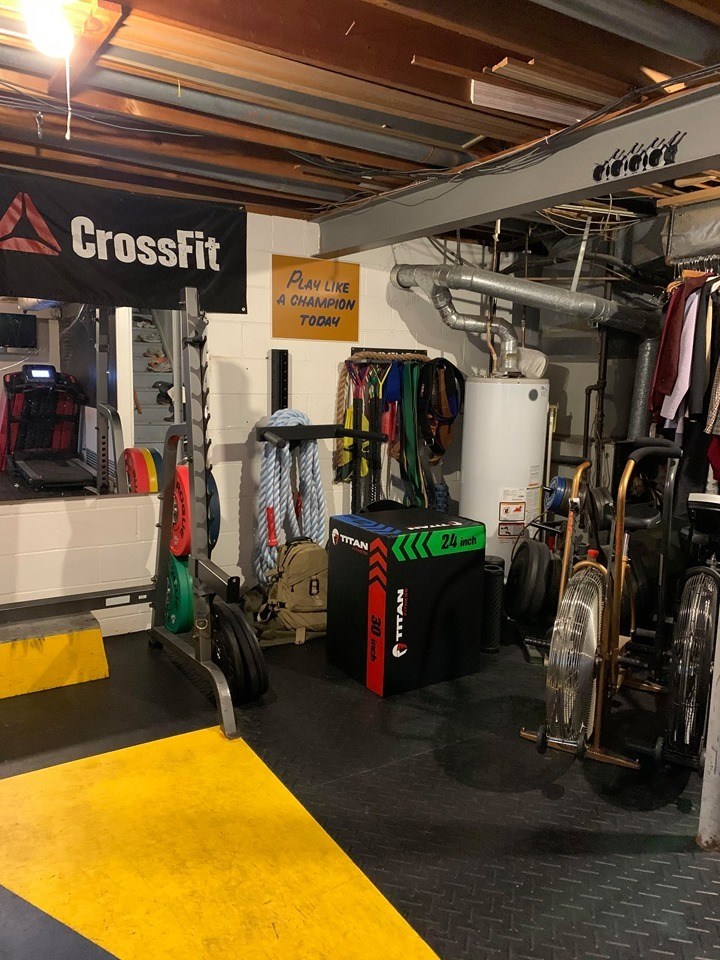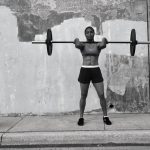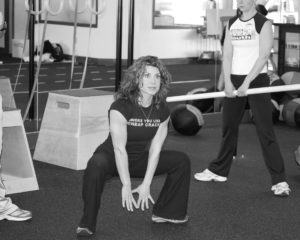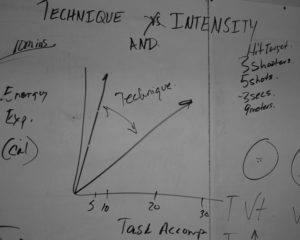Archive for March 2019
Monday 20190318
Elements Week 3
Air Squats
Kettlebell Swings
Double-unders
Box Jump Overs, 24″/20″
100 Meter Shuttle*
Power Snatches
shoulder press
strict pullups
Toes to Bar
Wallball
Friday 20190315
Thursday 20190315
Rest and Read
Part 2
Rich Froning
Many people also believe that in CrossFit, we do not do many different types of movements and that they do not vary. To illustrate my point, here are 50+ (!) movements that have shown up regularly on CrossFit.com’s daily Workout of the Day (WOD) or in CrossFit competitions over the previous year. Most of the exercises build off of each other and challenge you in different planes of motion (“different angles”).
Examples of CrossFit exercises: Deadlift, Power Snatch, Full Snatch, Power Clean, Full Clean, Shoulder Press, Push Press, Push Jerk, Ring Dip, Strict Pull-Up, Kipping Pull-Up, Chest-to-Bar Pull-Up, Bar Muscle-Up, Ring Muscle-Up, Front Squat, Back Squat, Overhead Squat, Pistol, HSPU, Push-Up, Sled Push, Double Under, Burpee, Box Jump, Burpee Box Jump, GHD Sit-Up, Glute Ham Raise, Back Extension, Hip Extension, Rope Climb, Legless Rope Climb, Pegboard, Dumbbell Snatch, Double Dumbbell Snatch, Dumbbell Clean and Jerk, Sandbag Clean, Handstand Walk, Rowing, Cycling, Swimming, Running, Sled Pull, Yoke Carry, Sandbag Carry, Farmers Carry, Toes-to-Bar, Knees-to-Elbow, Wall Ball, Thruster, Walking Lunge, Front Rack Walking Lunge, Back Rack Walking Lunge, Overhead Walking Lunge
Now that we’ve gotten that out of the way, and you know more about what CrossFit is all about, Next week lets directly address some of the recent negative comments made about the CrossFit training style and debunk some common myths.
Tuesday 20190312
Monday 20190311
Elements Week 2
Deadlifts
Front Squats
Mile run
Assault Bike
Hang Power Cleans
Wall Ball Shots
Burpees
Pull Ups
Squat Clean,
Ring Dips
